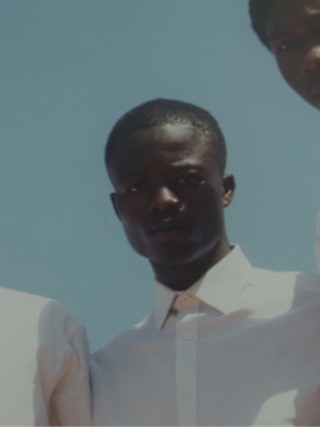
This October, Burberry is partnering with the Saatchi gallery in London on its latest exhibition ‘The New Black Vanguard’ that spotlights Black lives, including the significance of Black creators, based on the book by Antwaun Sargent.
A writer and critic, Sargent is also a renowned curator who has curated a dedicated Burberry space within the exhibition that showcases a new generation’s notions of identity, beauty and desire. Through photographs and videos created in partnership with Burberry, the space spotlights the innovative and inclusive possibilities created when fashion and art collide – a subject matter that has been at the core of Antwaun Sargent’s work. We sat down with the curator to understand more of what drives him in the art world.
Burberry: Your book ‘The New Black Vanguard: Photography Between Art and Fashion’ helped change the discourse of inclusivity in the art space – how did you coin the phrase ‘The New Black Vanguard’ and what does it mean to you?
You’re fiercely passionate about spotlighting Black creatives – what drew you to the fifteen artists featured at ‘The New Black Vanguard’ exhibition who are also featured in your book?
Through making noise about and space for Black creatives, you’ve already had a profound effect on the art world. What’s your underlying mission?
What do you look for in a piece of art?
What photographers are on your radar at the moment?
You’ve worked with a host of global changemakers, artists and creators in your career so far – who has inspired you the most and why?
What’s the future of contemporary photography?
You’ve long discussed the synergy between fashion and art – where and how do you think they intersect?
What’s the best advice you ever received as an up-and-coming young Black creative?
What is the best advice you can offer to up-and-coming young Black artists and creatives?